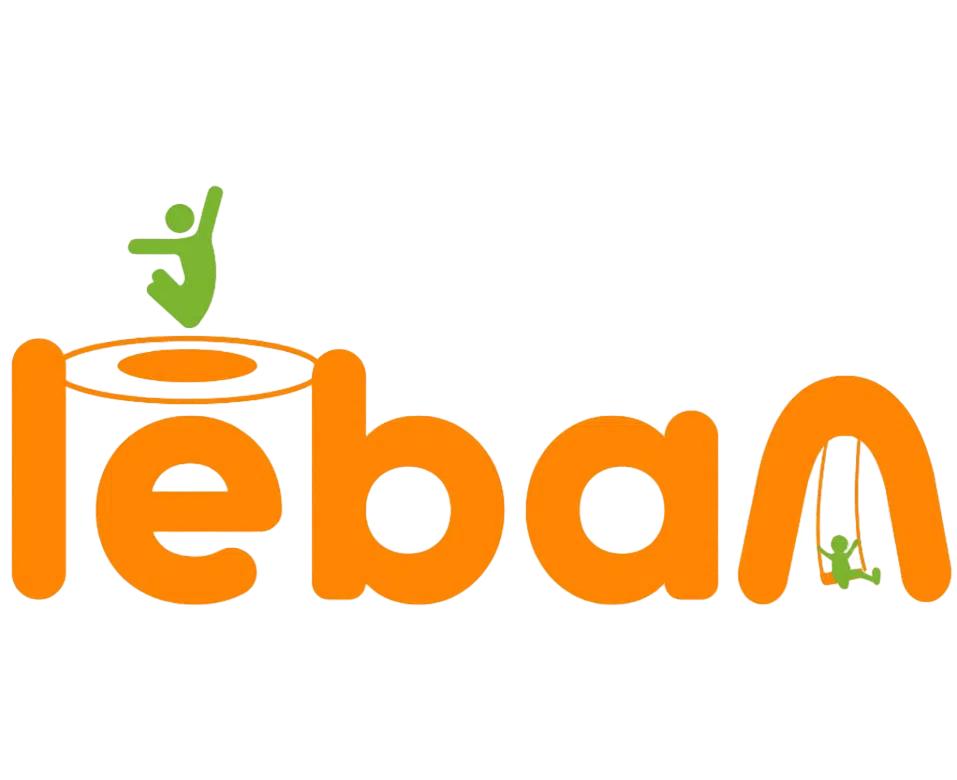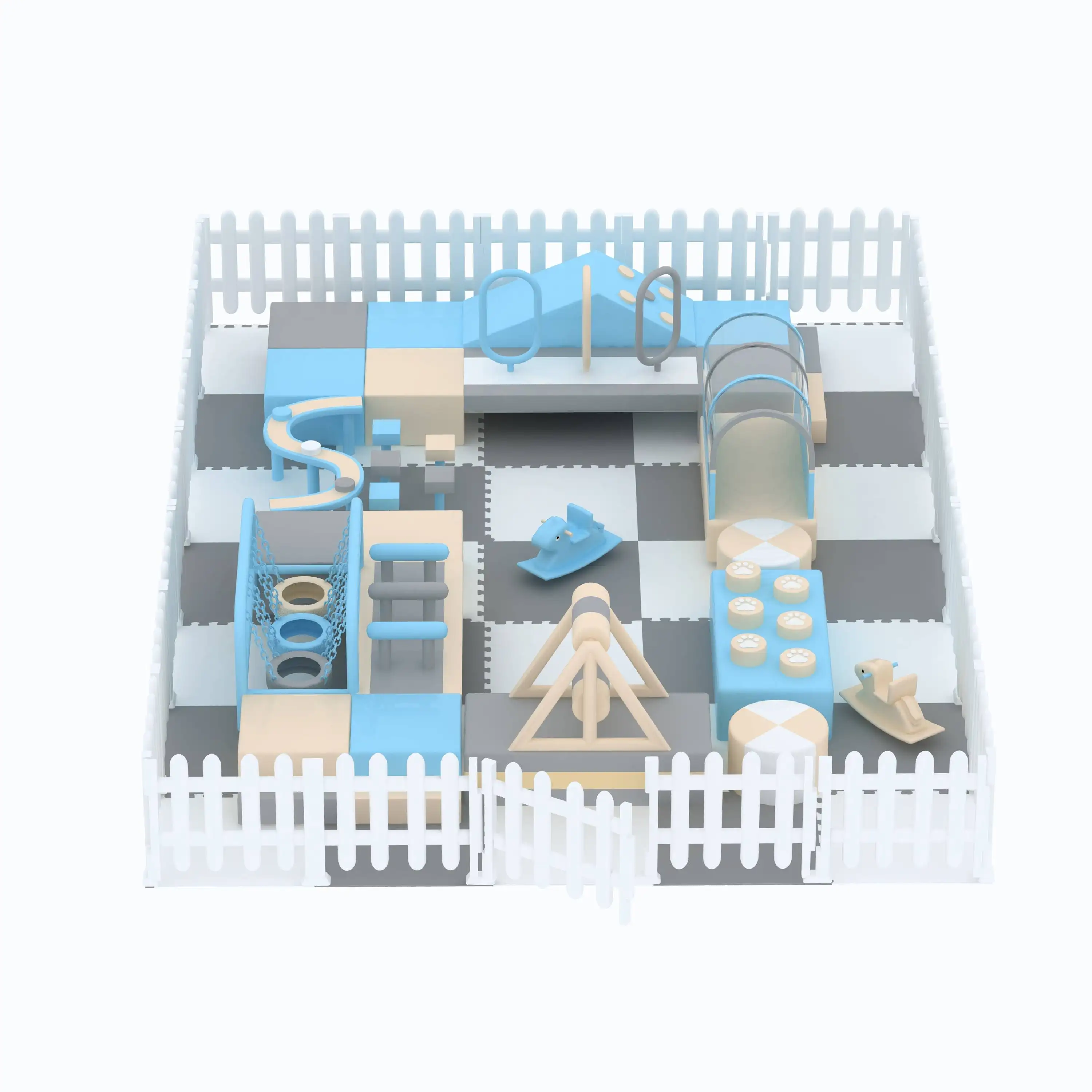Creating Value Through Active and Imaginative Play
In a fast-paced digital world, providing children with engaging physical environments is more essential than ever. A well-designed kids indoor playground offers a space where imagination meets movement, creating countless opportunities for social, emotional, and cognitive growth. These indoor venues are more than just areas to burn off energy—they are structured environments that blend fun with functionality, offering developmentally appropriate experiences all year round regardless of the weather.
Supporting Physical Development in a Controlled Environment
Enhancing Motor Skills and Coordination
Kids indoor playgrounds provide activities that promote gross and fine motor skill development. Whether children are climbing ladders, balancing on beams, or crawling through tunnels, their muscles are constantly engaged. These repetitive movements help build strength, flexibility, and coordination in a structured yet playful setting.
Encouraging Active Lifestyles
Sedentary habits have become more common among children, but kids indoor playgrounds counteract this trend. These environments naturally encourage movement and energetic play, laying the foundation for lifelong healthy habits. Playgrounds with varied indoor equipment keep children moving while keeping the focus on fun rather than exercise.
Fostering Social Interaction and Emotional Growth
Building Friendships and Teamwork
Socialization is one of the most valuable aspects of a kids indoor playground. Children learn how to communicate, share, and take turns as they navigate different activities together. This setting becomes an early classroom for teamwork and cooperative problem-solving.
Strengthening Emotional Regulation
Play allows children to express themselves, test boundaries, and manage frustration in a safe setting. Navigating success and failure on slides or climbing walls helps children develop resilience, patience, and emotional control, which are crucial for their mental well-being.
Stimulating Cognitive and Creative Thinking
Inspiring Imaginative Play
Themed play structures and interactive zones stimulate creative thinking. Pirate ships, jungle trails, or futuristic space stations found in kids indoor playgrounds encourage role-playing, storytelling, and invention. These activities contribute to language development and cognitive flexibility.
Improving Problem-Solving Skills
Navigating mazes, figuring out puzzle panels, or collaborating on building blocks helps children exercise their brains while having fun. These mental challenges promote logical thinking, memory, and concentration—all vital academic skills developed outside of traditional classrooms.

Creating Safe Play Opportunities All Year Round
Weather-Proof Playtime
One of the biggest advantages of a kids indoor playground is its year-round availability. Whether it’s raining, snowing, or too hot outside, children can still engage in active play. This consistency benefits both children and caregivers looking for reliable entertainment and developmental opportunities.
Safe and Supervised Environments
Kids indoor playgrounds are designed with safety as a top priority. Soft surfaces, cushioned landings, and age-specific zones reduce the risk of injury. Moreover, staff supervision and secure entry systems provide peace of mind to parents.
Enhancing Family Time and Community Engagement
Quality Bonding Opportunities
Parents and caregivers often participate in play or observe from nearby seating areas. This proximity fosters shared experiences and bonding moments that are otherwise hard to achieve in daily routines. Kids indoor playgrounds make family time both fun and meaningful.
Strengthening Community Connections
Local kids indoor playgrounds serve as social hubs. They bring together families from different backgrounds, fostering friendships and community support networks. Playdates and group activities help build a sense of belonging for both children and parents.
Offering Convenience and Flexibility for Parents
Reliable Scheduling Options
Indoor play spaces typically offer predictable hours of operation, allowing parents to schedule visits according to their daily routines. Some playgrounds even offer memberships or time slots, making them a consistent option for structured playtime.
Safe Entertainment While Running Errands
For facilities located within shopping centers or malls, kids indoor playgrounds offer a reliable space where children can play while adults run errands. With supervised staff and enclosed play areas, this setup ensures children remain safe and entertained.
Encouraging Inclusivity and Accessibility
Catering to Diverse Needs
Modern kids indoor playgrounds are increasingly designed to be inclusive, with equipment that accommodates children with various physical, sensory, and cognitive abilities. Features such as ramps, sensory walls, and quiet zones ensure every child can participate.
Promoting Equal Participation
In an inclusive playground, children learn to play side-by-side with peers of all abilities. This exposure fosters empathy, tolerance, and mutual respect—core values that will serve children throughout their lives.
Supporting Business and Economic Value
Driving Foot Traffic to Commercial Spaces
Businesses hosting kids indoor playgrounds benefit from increased customer dwell time. Whether it's a standalone center or part of a larger retail environment, the playground attracts families and enhances the commercial appeal of the venue.
Enabling Supplementary Revenue Streams
Kids indoor playgrounds can offer party packages, snacks, merchandise, and classes to generate additional income. These services not only diversify revenue streams but also elevate the overall customer experience, creating a business model with multiple touchpoints.
Encouraging Sustainable and Eco-Friendly Practices
Utilizing Safe and Recyclable Materials
Many kids indoor playgrounds now incorporate sustainable design principles, using non-toxic, recyclable, and low-impact materials. These choices reflect a commitment to health and environmental responsibility, aligning with modern parenting values.
Promoting Awareness Through Design
Themed zones or panels that focus on nature, conservation, or recycling introduce children to eco-conscious thinking from a young age. Kids indoor playgrounds become platforms not just for fun, but for environmental education as well.
Adapting to Educational and Developmental Trends
Integrating STEAM Elements
Some playgrounds integrate science, technology, engineering, art, and math into their design. Through interactive screens, problem-solving stations, and art walls, kids indoor playgrounds support learning in ways that complement formal education.
Aligning with Developmental Milestones
Playground activities are increasingly aligned with age-specific developmental goals. Structured zones for toddlers, preschoolers, and older kids help ensure that each group is engaged in activities that match their cognitive and physical levels.
FAQ
What ages are most appropriate for a kids indoor playground?
Most kids indoor playgrounds cater to children aged 1 to 10, with specific areas designed to suit different developmental stages.
Are kids indoor playgrounds safe for toddlers?
Yes, many facilities offer soft play zones and toddler-specific areas with age-appropriate equipment and safety features.
Can indoor playgrounds support children with special needs?
Absolutely. Inclusive playgrounds are designed to accommodate various abilities and often feature sensory equipment, accessible pathways, and quiet zones.
How often should children visit a kids indoor playground?
Regular visits—once or twice a week—can support physical activity, social development, and family bonding, especially when combined with other enrichment activities.
Table of Contents
- Creating Value Through Active and Imaginative Play
- Supporting Physical Development in a Controlled Environment
- Fostering Social Interaction and Emotional Growth
- Stimulating Cognitive and Creative Thinking
- Creating Safe Play Opportunities All Year Round
- Enhancing Family Time and Community Engagement
- Offering Convenience and Flexibility for Parents
- Encouraging Inclusivity and Accessibility
- Supporting Business and Economic Value
- Encouraging Sustainable and Eco-Friendly Practices
- Adapting to Educational and Developmental Trends
- FAQ

